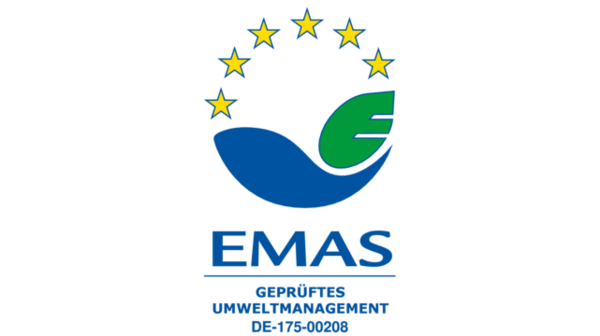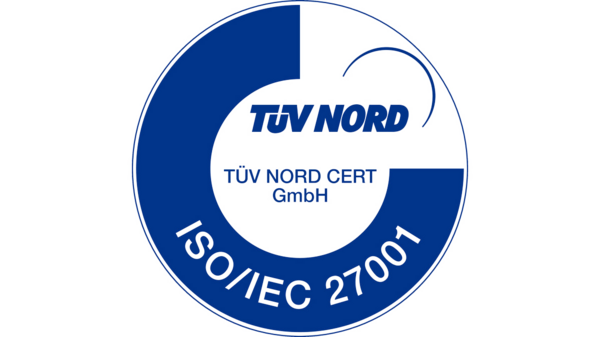High-Performance Computing Center Stuttgart
HLRS strives to follow and advance best practices in high-performance computing. In recognition of policies and procedures it has implemented for environmental management, energy management, and information security, HLRS has achieved official certification under the following standards.


ISO 14001 is an internationally recognized standard for the implementation of a comprehensive sustainability management system. At HLRS, these efforts impact all levels of the organization, including:
ISO 14001 certification is a central component of EMAS. In contrast to EMAS, this standard does not detail specific requirements for environmental performance and does not require an environmental statement. Learn more about ISO 14001
This international norm for energy management systems supports companies and organizations of all sizes and sectors in the development of a systematic energy management system. The main goal of an energy management system is the improvement of energy efficiency, including the reduction of energy usage as well as the adherence to legal requirements.
At high-performance computing centers like HLRS, which require large amounts of power for the operation and cooling of their computers, this means committing to implement measures that will minimize carbon emissions and consumption of nonrenewable resources. At HLRS this has involved setting targets for energy usage, tracking actual energy consumption, and making infrastructure improvements to optimize energy efficiency. Learn more about ISO 50001